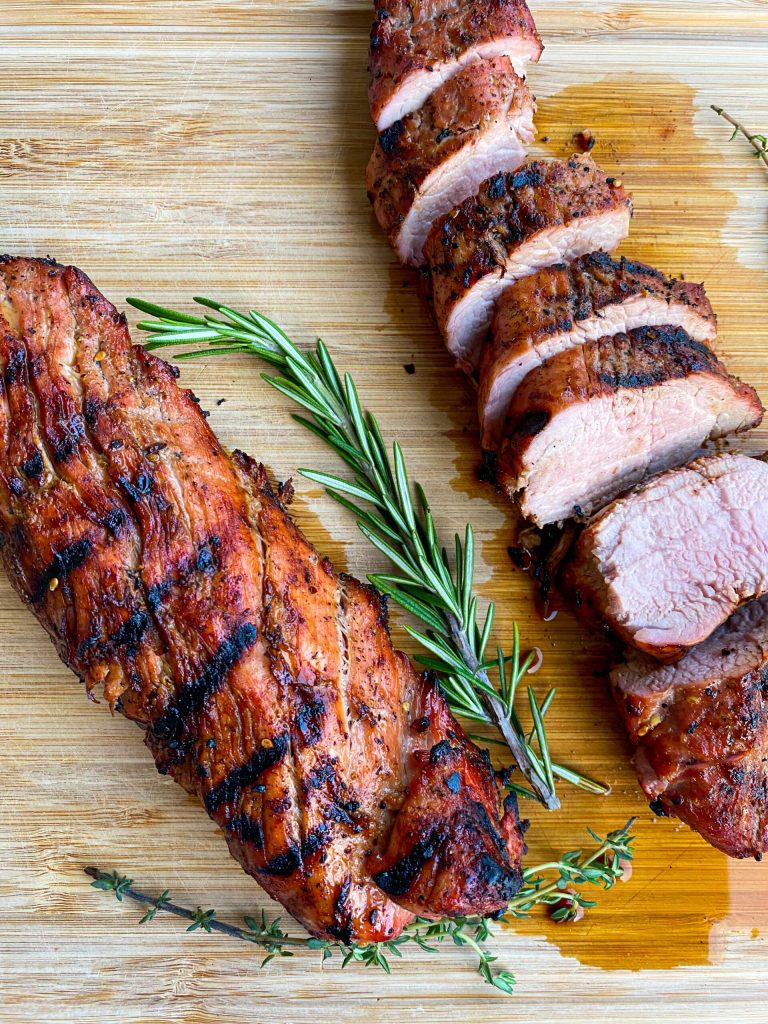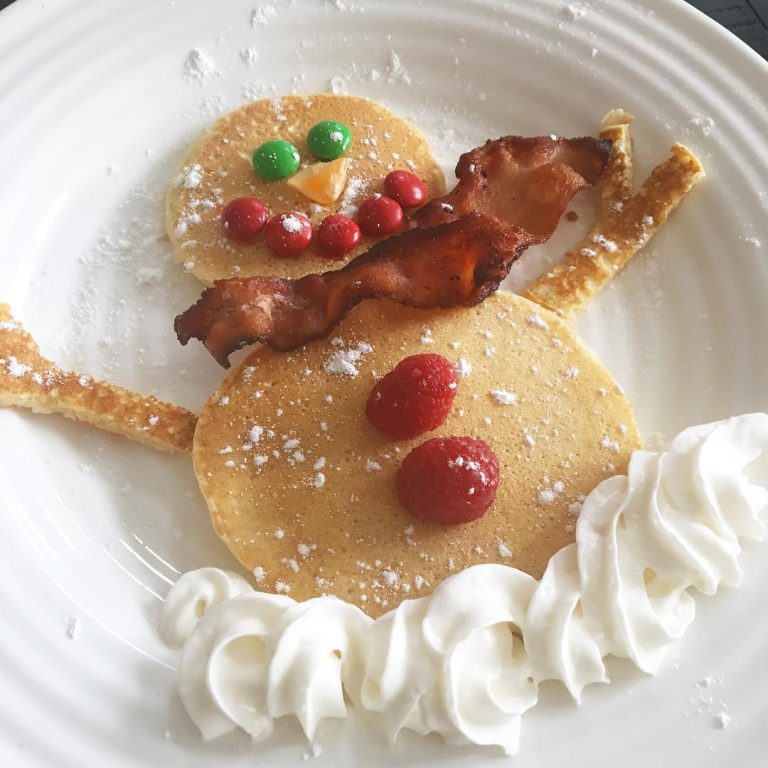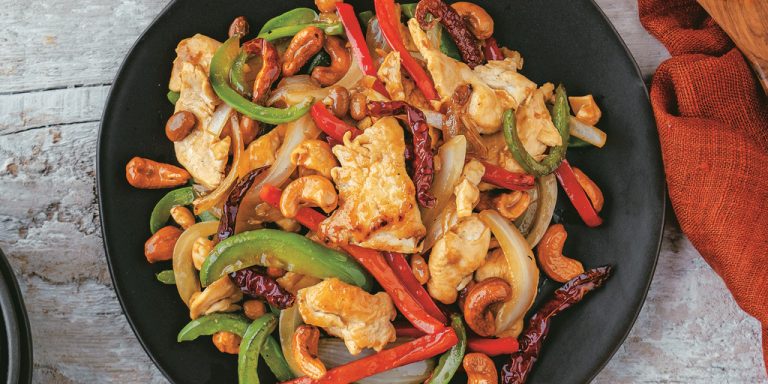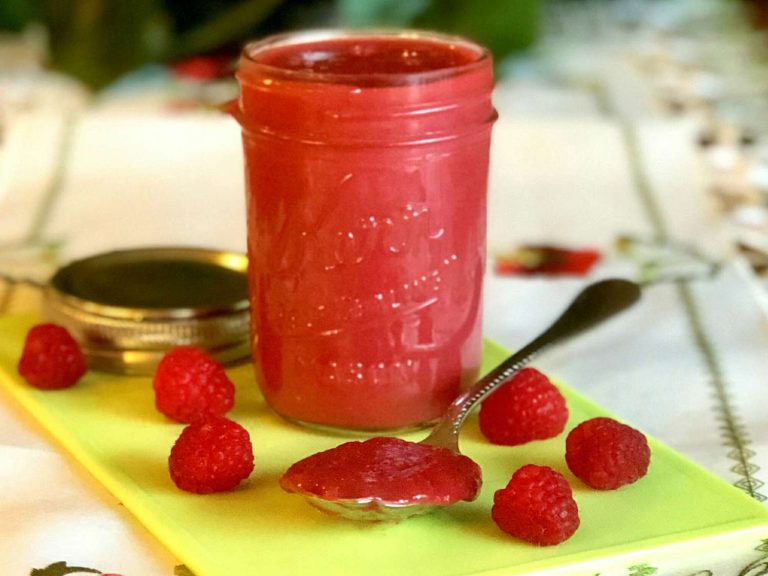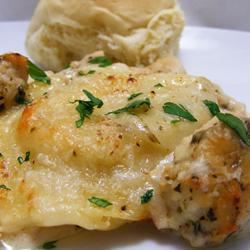Chicken Korma Recipe: History, Ingredients, Cooking Guide and Perfect Pairings
Chicken Korma traces its origins to the Mughal era in India. This luxurious dish was often prepared for royal feasts and grand occasions. The Mughals, known for their rich and elaborate cuisine, introduced this creamy, flavorful dish that has now become a staple in many households. Over the centuries, Chicken Korma has evolved, but it retains its historical roots and remains a beloved dish in Indian cuisine.
Key Ingredients and Flavor Profile
Chicken Korma boasts a rich blend of ingredients that create its distinctive taste. The primary components include:
- Chicken: The main protein, often boneless for a tender texture.
- Yogurt and Cream: These provide a creamy base, balancing the spice.
- Spices: Key spices include cardamom, cinnamon, and cloves, contributing to a complex flavor profile.
- Onions and Garlic: These enhance the depth of the sauce.
- Nuts: Almonds or cashews offer a subtle richness and thickness.
The combination of these ingredients results in a dish that’s rich, creamy, and mildly spiced, making it a favorite for both novices and seasoned cooks.
Variations of Chicken Korma
Region-Specific Styles
Region-specific styles of Chicken Korma highlight the dish’s versatility. In North India, the korma includes tomatoes, giving the sauce a tangy flavor. Moving toward Hyderabad, you’ll find a richer version that incorporates coconut milk and poppy seeds. In Awadhi cuisine, chefs prepare the korma with a blend of saffron and kewra water, adding a distinctive aroma. Each regional variation uses core ingredients like chicken, yogurt, and spices but adds unique elements to create different flavor profiles.
Modern Twists on the Classic
Modern twists on the classic Chicken Korma bring innovative ideas to the table. Some contemporary recipes substitute cashew paste for almonds, creating a nuttier texture. Others introduce vegetables such as spinach or peas to make it healthier. In fusion cuisine, Chicken Korma may be served as a wrap or taco filling, providing a portable option. Experimenting with ingredients like quinoa or tofu instead of chicken caters to diverse dietary preferences while retaining the dish’s creamy essence.
How to Make Chicken Korma at Home
Essential Spices and Preparations
Chicken Korma utilizes a blend of aromatic spices that enhance its rich, creamy texture. Essential spices include:
- Coriander Powder: Adds a mild, nutty flavor.
- Cumin Powder: Provides an earthy, warm taste.
- Garam Masala: A spice mix that adds depth and complexity.
- Turmeric Powder: Gives a vibrant yellow color and mild bitterness.
- Red Chili Powder: Adds heat and color.
Preparation involves marinating boneless chicken pieces in yogurt and lemon juice for at least 30 minutes. Soak almonds or cashews in hot water to create a smooth paste, which adds a creamy base to the dish.
Step-by-Step Cooking Guide
Follow these steps to prepare Chicken Korma at home:
- Heating Oil: In a large pan, heat ghee or oil over medium heat.
- Sautéing Onions: Add finely chopped onions and sauté until golden brown.
- Adding Ginger-Garlic Paste: Include ginger-garlic paste, cooking until the raw smell fades.
- Incorporating Spices: Add the essential spices (coriander, cumin, turmeric, red chili powder, garam masala) and stir for a few minutes.
- Cooking Chicken: Add marinated chicken pieces and cook until they turn white.
- Creating Sauce: Pour in the almond or cashew paste, stirring well to combine.
- Simmering with Yogurt: Gradually add beaten yogurt, ensuring it doesn’t curdle, then simmer for 20-25 minutes until the chicken is tender.
- Finishing Touches: Stir in cream or coconut milk, adjust salt to taste, and cook for an additional 5 minutes.
- Garnishing: Garnish with fresh cilantro leaves before serving.
Your Chicken Korma is ready to be enjoyed with rice or naan, offering a flavorful, creamy experience that celebrates this beloved Indian dish.
Pairing Chicken Korma
Best Sides and Accompaniments
To fully enjoy Chicken Korma, pair it with complementary sides and accompaniments. Serve it with basmati rice; the fluffy texture perfectly absorbs the rich Korma sauce. You might also consider butter naan, garlic naan, or parathas for a bread option; their chewy texture balances the creamy dish. Raita, especially cucumber or mint, provides a refreshing contrast, offering a cooling effect against the spices.
Consider serving papadums, which add a crunchy element. Pickles, like mango or lime, bring a tangy and spicy kick that enhances the overall flavor profile. For a more elaborate meal, include a simple dal (lentil soup) or a vegetable side dish like Saag Paneer; the flavors complement the richness of the Korma.
Beverage Pairings
Selecting the right beverage enhances your Chicken Korma experience. Lassi, particularly mango or salted lassi, complements the dish with its creamy texture and cooling effect. For an alcohol option, Riesling or Gewürztraminer work well; these wines have a sweetness that pairs nicely with the spices and richness of Korma.
You might also try sparkling water with lemon, which refreshes the palate. Chai tea, especially masala chai, adds a layer of aromatic depth and complements the spices in Korma. If you prefer beer, opt for a light lager; its crispness balances the creamy texture of the dish.
Conclusion
Chicken Korma isn’t just a dish; it’s a journey through history and flavor. By understanding its roots and mastering the cooking process, you can recreate this rich and creamy delight in your own kitchen. Pair it with sides like basmati rice and naan, and elevate your meal with beverages like lassi or chai tea. Whether you’re hosting a dinner party or enjoying a quiet night in, Chicken Korma offers a complete and satisfying dining experience. So, gather your ingredients and spices, and embark on a culinary adventure that brings the essence of Indian cuisine to your table.

